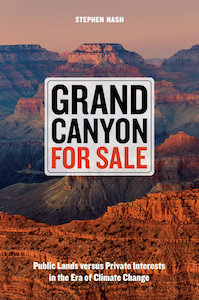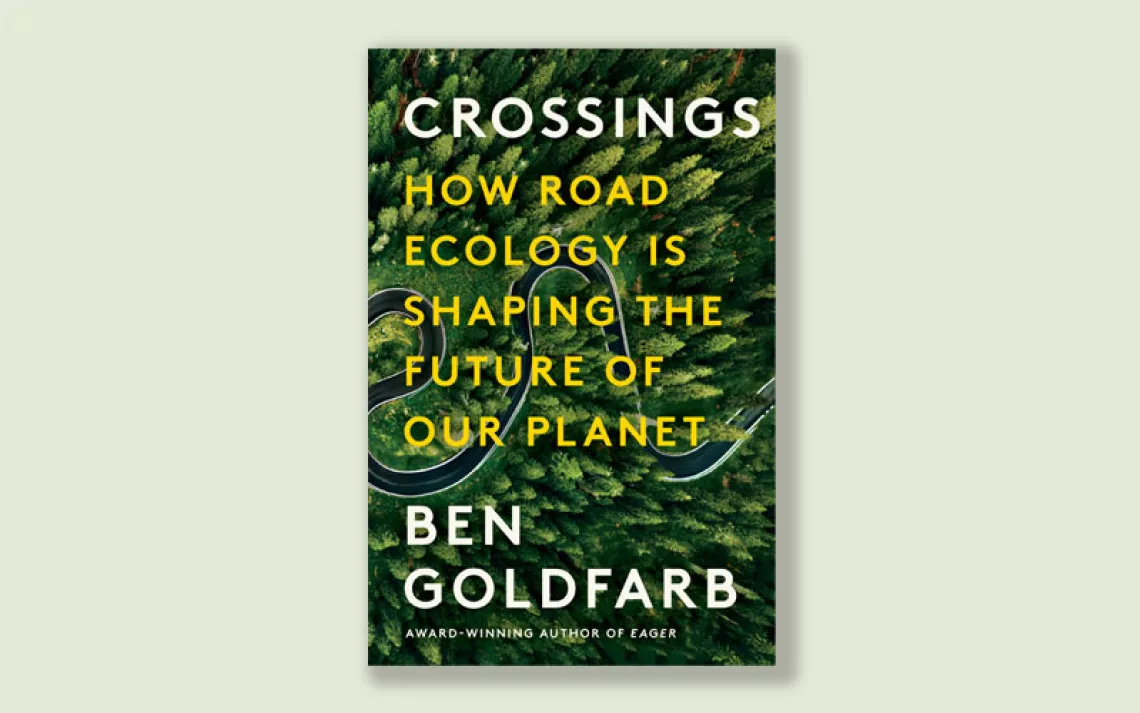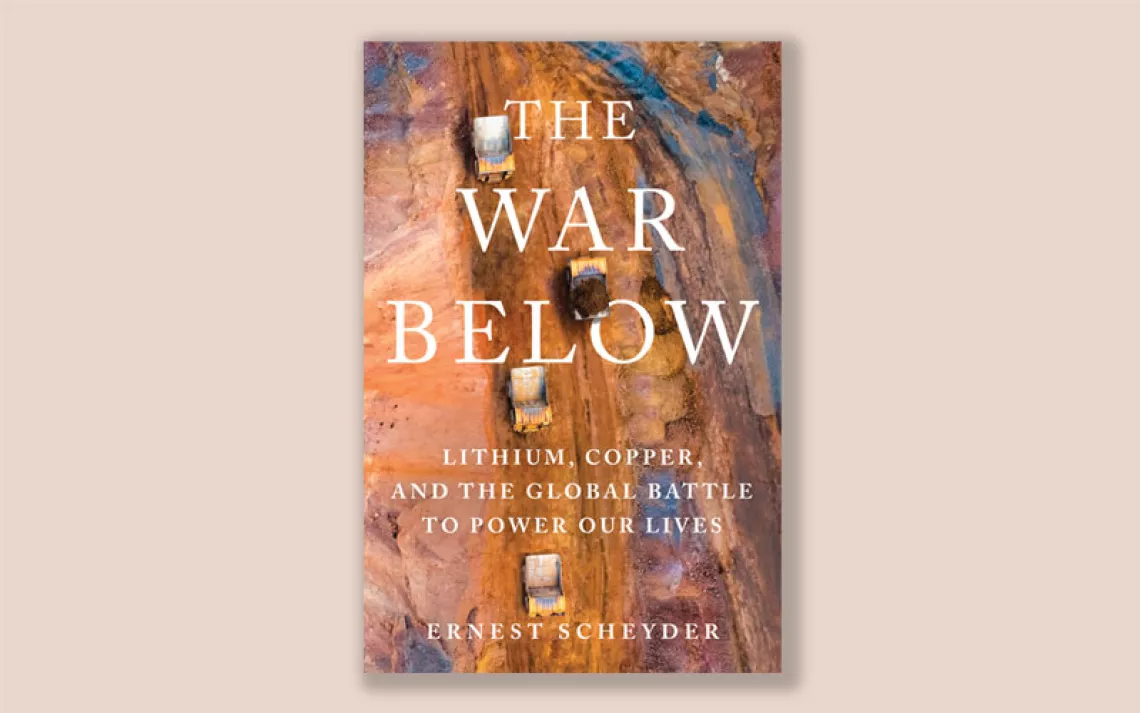Grand Canyon on the Brink
Public lands "will tumble away" unless people act, according to Stephen Nash
 The secretary of the interior’s recent recommendation against eliminating four pristine national monuments had some environmentalists breathing sighs of relief. But the boundaries of these lands may still be shrunk in an unprecedented review of the National Antiquities Act—one of many prongs to the Trump administration’s assault on federal lands. Between rolling back the Clean Energy Plan, expanding access to drilling and mining, and the largest proposed cut to the Park Service since World War II (plus blueprint-budget blows to the EPA, BLM, and DOI), the White House’s attitude toward the country’s 640 million acres of public land is unusually corrosive.
The secretary of the interior’s recent recommendation against eliminating four pristine national monuments had some environmentalists breathing sighs of relief. But the boundaries of these lands may still be shrunk in an unprecedented review of the National Antiquities Act—one of many prongs to the Trump administration’s assault on federal lands. Between rolling back the Clean Energy Plan, expanding access to drilling and mining, and the largest proposed cut to the Park Service since World War II (plus blueprint-budget blows to the EPA, BLM, and DOI), the White House’s attitude toward the country’s 640 million acres of public land is unusually corrosive.
Yet national parks, forests, deserts, and wildlife refuges—some of the most iconic vistas in the world—have been suffering much longer than this president’s tenure. In the new book Grand Canyon for Sale: Public Lands Versus Private Interests in the Era of Climate Change (University of California Press, $29.95), the veteran science journalist Stephen Nash explores decades of twisted incentives, rotten politics, and feckless regulators endangering some 28 percent of the national soil. Topped off with climate change and President Trump, “we’re on the precipice, both politically and biologically,” writes Nash—and unless people get outraged, the public lands they know and love will tumble away.
Like a Romantic poet of the fossil fuel era, Nash uses canyon trail hikes as a way to frame the various destructive forces playing on the park. Often, he is accompanied by administrators and scientists, its honorable and beleaguered protectors. (Did you know that Grand Canyon National Park, arguably home to the most fascinating rocks on the planet, lacks the funds to employ a single geologist?) At their side, Nash observes invasives obliterating native plant life in the “sunken cathedral of rock.” He feels dramatic temperature changes rendering protective park boundaries less relevant to the countless animals adapted to them and wonders where they’ll go. He probes water tainted by uranium mining and aquifers sapped by overdevelopment. He squints through air so polluted with fumes and exhaust that it obscures two-thirds of natural visual range from the South Rim’s globally revered viewpoints.
With elegant, readable prose, Nash scales mountains of research to show how these concerns are not unique to the Grand Canyon. Nearly all public lands are vulnerable in some way. And while the book’s subtitle stresses climate change, the bulk of its 215 pages do not. Nash covers the effects of global warming well, but he is more interested in grappling with how situational politics and individual greed are siphoning off the nation’s natural inheritance. Real estate developers, oil and mining companies, ranchers, and private landholders form a small but powerful constituency for state and federal legislators, whose campaign coffers need to be filled.
Federal regulators are also heavily influenced, if not downright controlled, by the financial interests of their regulatees—or “customers,” as the USDA’s Animal and Plant Health Inspection Service apparently call international shippers, whose cargo they’re supposed to rigorously probe for invasive species. (Spoiler: They don’t. Tighter controls at ports and borders would help stop the ravaging of public lands but also slow down trade and require more funding. Congress, Nash says, won’t allow that.) “Regulatory capture” seems to render some agencies blind to the starkest realities of the lands they’re supposed to administer.
Nash’s take-down of federally subsidized grazing land is the most damning example. Research shows that where livestock feasts, species diversity drops by half. Invasives like cheatgrass flourish, spark fires, and choke out natives. Grasses, shrubs, and reptiles are trampled. For these reasons, many of the 155 million publicly owned acres on which the Bureau of Land Management permits grazing are near ruin. Yet the BLM, despite its name and charge to prevent future Dust Bowl–type disasters, has no reliable system for assessing the health of the properties it oversees. In fact, the health status of more than a quarter of grazed BLM land is not known at all, Nash tells us.
The burden of proof is left to ranchers themselves, who are largely concerned with the ecosystem to the extent that it supports their animals. (“We like cheatgrass,” one BLM permittee tells Nash. “Obviously it’s an invasive and it’s not native, but it’s good feed for our cattle.”) Bureau leaders can barely acknowledge the havoc grazing wreaks, even as they admit these environments are in danger of irreversible collapse. The agency rarely reduces, revokes, or suspends grazing permissions.
And while BLM land belongs to all U.S. citizens, just 15,000 individuals and corporate entities hold grazing permits at bottom-barrel rates, and ultimately steward the land. Just 1 percent of them lease nearly a third of BLM grazing area. They are hoteliers and heiresses; the Koch brothers and the Walton family. What they do on their vast, cheaply rented land contributes almost nothing to local economies; their cattle represents a tiny fraction of the beef industry. Why on earth does this go on? Nash argues in a particularly compelling chapter that even when the “cowboys” rest their heads in Biarritz and Tahoe, ranching is sacred American patrimony. The mythologized work-the-land ethos is what the federal government will keep subsidizing, at the cost of other taxpayers and of course, the land itself.
Nash identifies the same themes behind other types of human threats to public lands: The interests of an extraordinarily powerful few are controlling enforcement and drowning out dissenting voices of scientists, advocates, and a handful of nonrich citizens. Outrageous and depressing, yes. But this dynamic is not inevitable, Nash argues, nor is it about a lack of funding, as is often claimed. The problem is that people aren’t paying attention. “There’s little in the way of public narrative about why these lands matter—except to oil, gas, and grazing interests,” Nash writes. If the “morose condition . . . of our national land heritage” were more widely known, and voters raised hell, representatives would have no choice but to shut down these cycles of damage.
If that sounds like a fantasy, there are a few reasons for hope. Liberal or conservative, an overwhelming share of Americans want to see the federal government protect and support national parks, despite budget concerns. In fact, a “large majority of voters . . . say that support for national parks is an issue that can unite people across party lines,” according to one national poll cited by Nash. It was the spirit of a shared inheritance, lashing back against private interests, that gave rise to public lands and their landmark protective laws in the first place. Perhaps Trump’s hostility to the environment could be cause for this generation’s rallying cry.
 The Magazine of The Sierra Club
The Magazine of The Sierra Club







